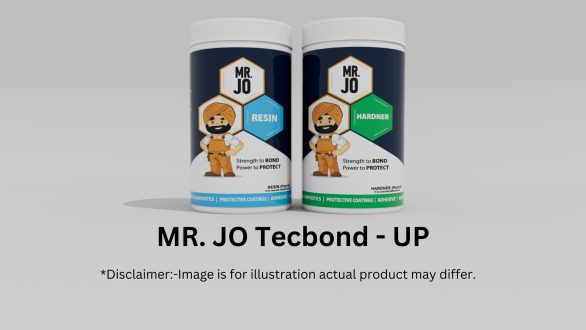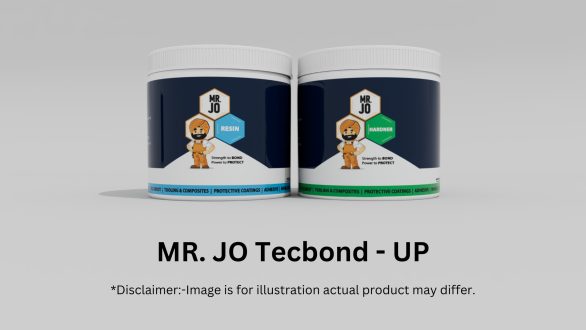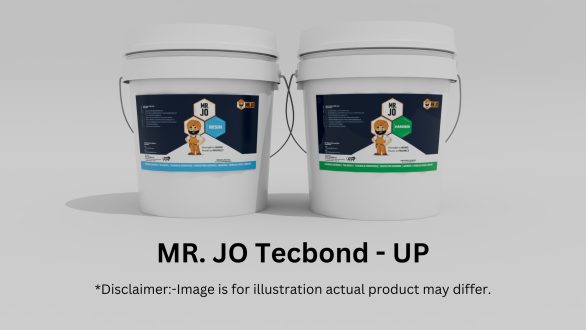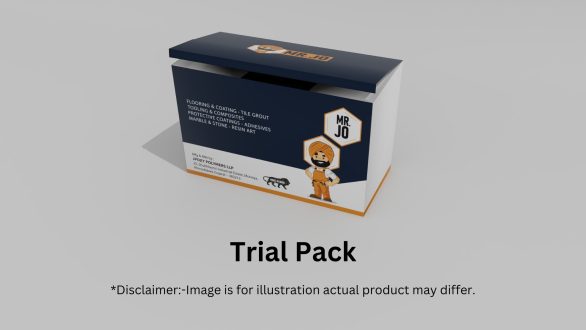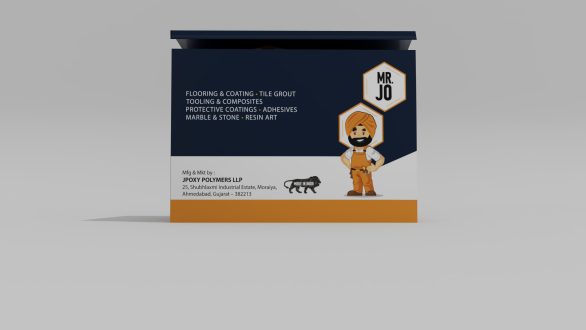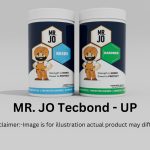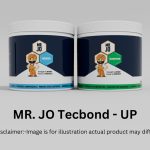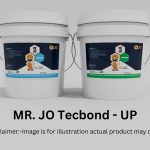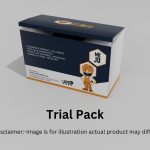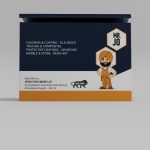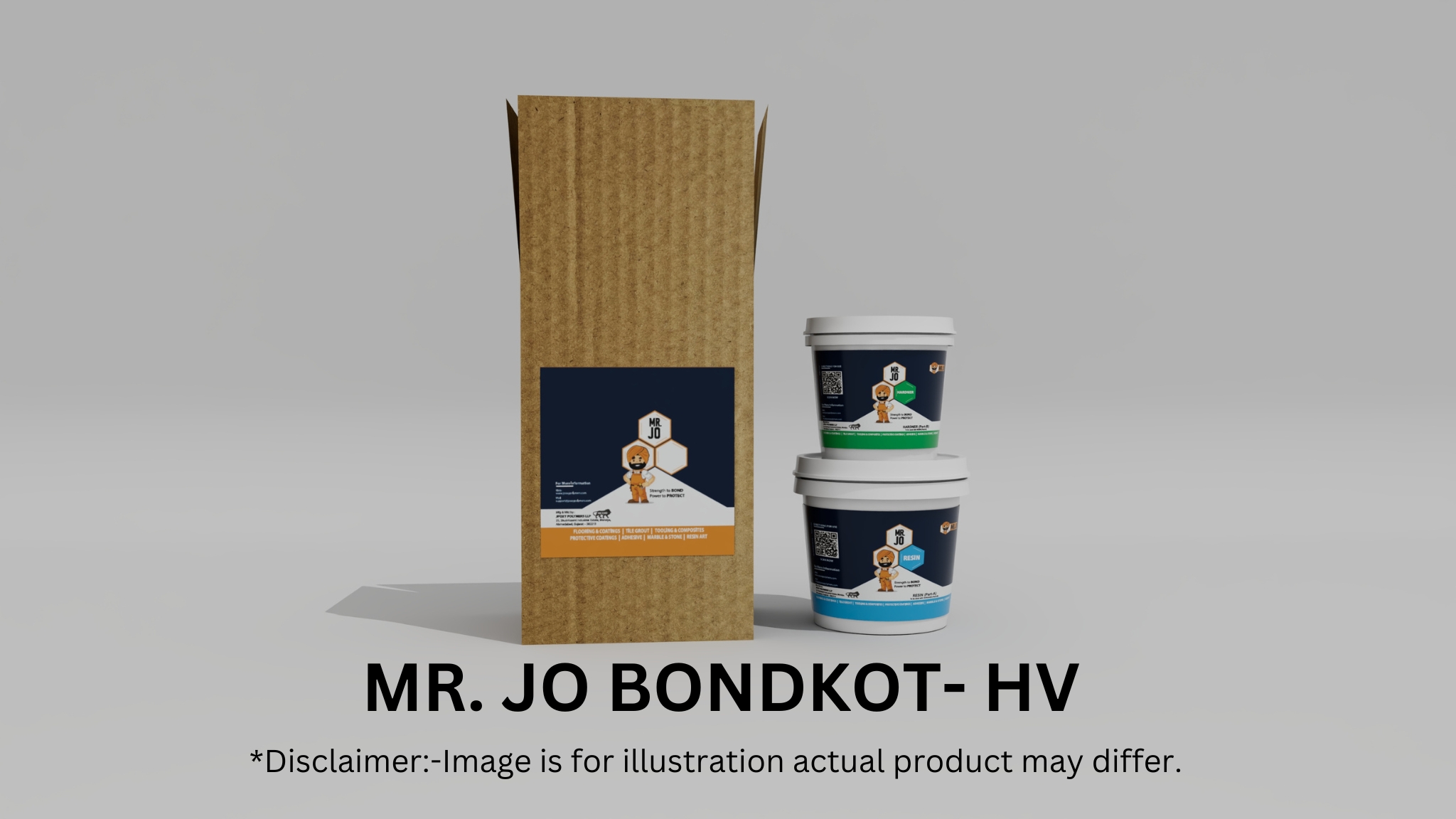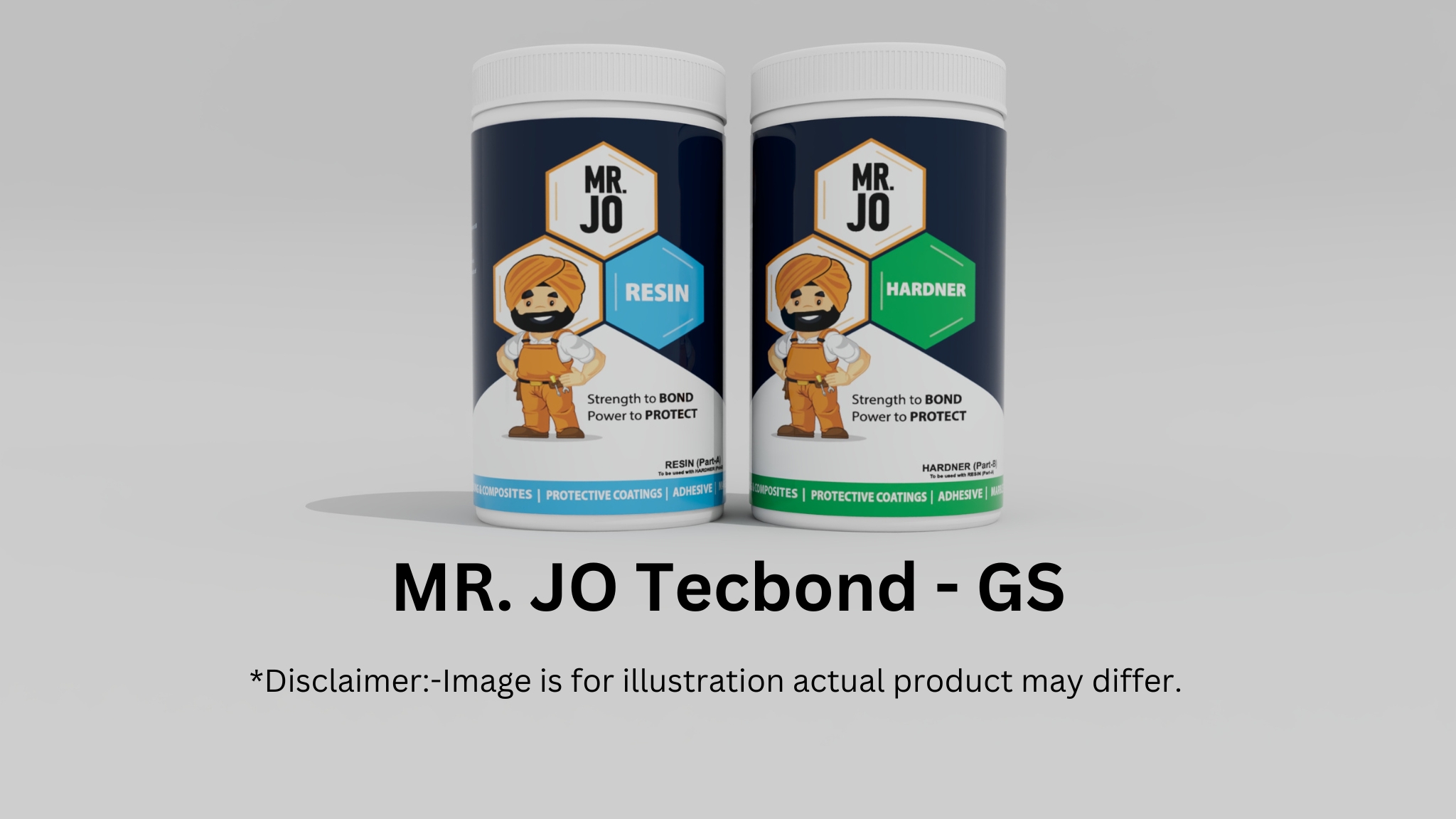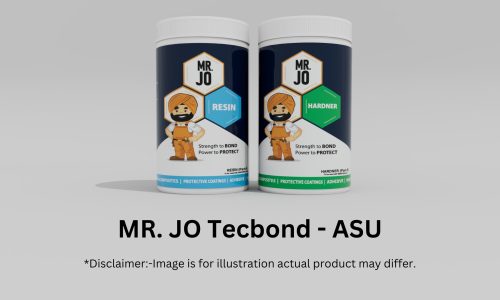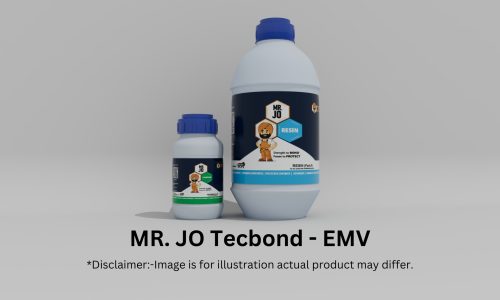MR. JO Tecbond-UP
₹231.00 – ₹14,497.00 Inclusive of all taxes
Two component 80 PHR solvent free general purpose epoxy adhesive.
- Description
- Properties
- Applications
- How To Use
- Technical Data Sheet(TDS)
- FAQs
Description
Mr. JO Tecbond-UP is a strong and reliable adhesive. It works well for construction. The formula is thick and does not contain solvents. Moreover, it cures easily at room temperature. This makes it ideal for many industries and engineering. It is also great for light and heavy industries. Furthermore, it bonds strongly with plastic, steel, metal, and concrete. Therefore, it is great for general bonding. As a result, it is perfect for general bonding tasks. Additionally, its medium thickness makes it easy to use. Finally, it is strong enough to handle heavy loads in tough projects.
- Color: Pale yellow (Other colors available)
- Pot life @25°C: 80-100 mins
- Mixing Ratio: 100:80 PBW
- Mixture consistency: Medium viscous flowable liquid
- Adhesive Strength*: >1 Kg /sq. mm (*Aluminum to Aluminum 25mm X 25mm area Lap joint)
- Optics: Translucent/Opaque
- Encapsulation/potting
- Structure & interior
- Component repair & pasting
- Bolt anchoring
- Concrete- Rebar extension
- The mixture should be applied on a clean, rough, and dry surface.
- This should be achieved by suitable mechanical and chemical means such as sandblasting, wire brushing, or chemical etching.
- A suitable degreasing agent should be used to remove any grease or oil traces on the surface.
- Use Part A & Part B in a ratio of 100:80 pbw. Mix the two components in small batches thoroughly for at least 2 minutes. Apply the mix directly or using a proper spatula to the pretreated surfaces.
- The joint components should be assembled as soon as the adhesive has been applied.
- Allow the material to cure for at least 24 hours before putting it to use.
Q1. Is MR. JO Tecbond – UP suitable for heavy-duty industrial applications?
A1. Yes, it is engineered for high-strength bonding, component repair, and anchoring applications, making it suitable for heavy-duty structural and industrial use.
Q2. How is this product different from other epoxy adhesives?
A2. MR. JO Tecbond – UP is specifically designed for high-strength applications, offering a longer working time (80–100 mins pot life) and excellent adhesion without surface primer in many cases.
Q3. Is the adhesive resistant to dynamic loading?
A3. Yes, MR. JO Tecbond – UP exhibits good resistance to dynamic loading, making it suitable for applications subjected to varying stresses.
Q4. Is MR. JO Tecbond – UP suitable for indoor use?
A4. Yes, it is solvent-free and cures at room temperature, making it safe and convenient for indoor applications.
Q5. What is the color and appearance of the cured adhesive?
A5. The adhesive has a pale yellow color and cures to a translucent or opaque finish.
Q6. How does ambient temperature affect curing time?
A6. Curing is slower in cold environments and faster in warm ones. For optimal performance, apply between 20–30°C. In colder conditions, curing may take longer than 24 hours.
Q7. Will this adhesive yellow or degrade over time?
A7. It is not UV-stable, so discoloration may occur if exposed to sunlight. Indoors, or under finishes, the adhesive remains stable and effective long-term.
Q8. Can this adhesive be injected into cracks or voids?
A8. It is a medium-viscosity adhesive, so not ideal for fine cracks. For crack injection, use a compatible MR. JO Inject series epoxy grout.
Q9. How do I handle hot weather application (above 35°C)?
A9. In hot weather, reduce batch sizes, mix faster, and apply quickly. Store components in a cool area before use to increase working time.
Q10. What should I do if adhesive cures tacky or soft?
A10. This usually means an incorrect mix ratio or poor mixing. Always mix by weight using a scale and stir thoroughly. Do not guess proportions.
Q11. Is this product compatible with reinforcement bars (rebar) and steel bolts?
A11. Absolutely. It’s ideal for anchoring steel rebars, bolts, or rods into concrete, offering strong pull-out resistance and bonding

